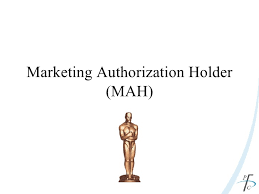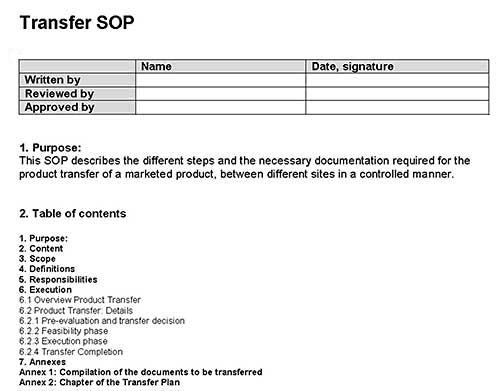
ICH Q10 was published in its final version already in 2008. However, today many companies still have problems to understand how to implement ICH Q10 “Pharmaceutical Quality System” into practice. Quality Assurance and GMP are basic requirements which have been implemented for many years in the pharmaceutical industry (including the API industry). So what is needed to demonstrate that a Pharmaceutical Quality System has been implemented? Please read more about the GMP Questions and Answers.
ICH Q10 was published in its final version already in 2008. However, today many companies still have problems to understand how to implement ICH Q10 “Pharmaceutical Quality System” in practice. Quality Assurance and GMP are basic requirements which have been implemented for many years in the pharmaceutical industry (including the API industry). So what is needed to demonstrate that a Pharmaceutical Quality System has been implemented?
ICH offers a set of questions and answers which provide more details about the expectations. They were published in 2009 already but are not well-known by the industry. ICH writes: “When implemented, a company will demonstrate the use of an effective PQS through its documentation (e.g., policies, standards), its processes, its training/qualification, its management, its continual improvement efforts, and its performance against pre-defined key performance indicators (see ICH Q10 glossary on performance indicator). A mechanism should be established to demonstrate at a site how the PQS operates across the product lifecycle, in an easily understandable way for management, staff, and regulatory inspectors, e.g., a quality manual, documentation, flowcharts, procedures. Companies can implement a program in which the PQS is routinely audited in-house (i.e., internal audit program) to ensure that the system is functioning at a high level.”
The questions and answers document also states that there is no certification program in place for a Pharmaceutical Quality System. In addition, ICH provides information about how product-related inspections will differ in an ICH Q8, Q9 and Q10 environment. ICH writes: “In the case of product-related inspection (in particular, preauthorization) depending on the complexity of the product and/or process, greater collaboration between inspectors and assessors could be helpful (for example, for the assessment of development data). The inspection would normally occur at the proposed commercial manufacturing site, and there is likely to be greater focus on enhanced process understanding and understanding relationships, e.g., critical quality attributes (CQAs), critical process parameters (CPPs). The inspection might also focus on the application and implementation of quality risk management principles, as supported by the pharmaceutical quality system (PQS).”
In addition to ICH, regulatory authorities also provide further information. The British Authority MHRA, for example, answers the question: Should a company have a procedure to describe how it approaches QRM related to manufacture and GMP? The answer is: “Yes, the procedure should be integrated with the quality system and apply to planned and unplanned risk assessments. It is an expectation of Chapter 1 that companies embody quality risk management. The standard operating procedure (SOP) should define how the management system operates and its general approach to both planned and unplanned risk management. It should include scope, responsibilities, controls, approvals, management systems, applicability, and exclusions.”
The ECA Academy summarised the most relevant questions and answers from regulators like ICH, EMA, FDA etc in a GMP Questions & Answers Guide which allows readers of the document to search for certain GMP questions. A subject index at the beginning of the document lists the most frequent searched terms.
//////////PQS, ICH, Pharmaceutical Quality System





















 .
.
.jpg)